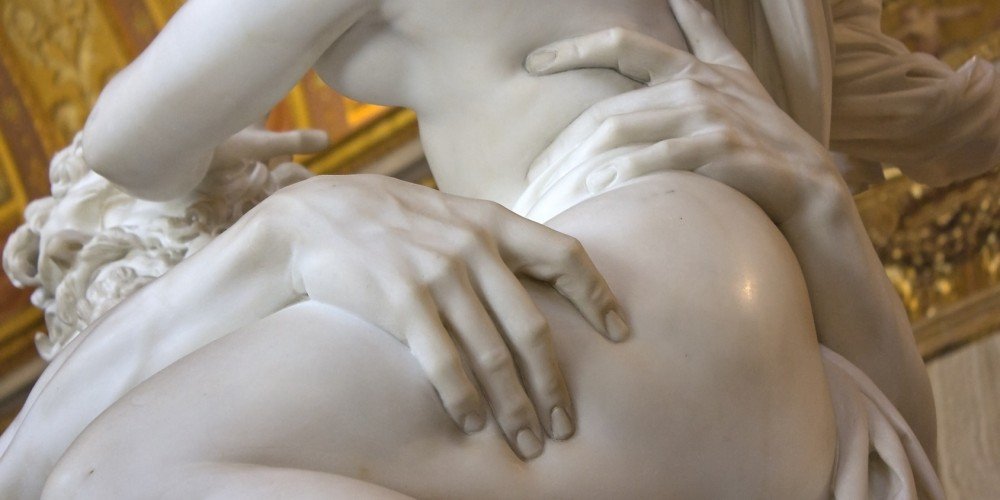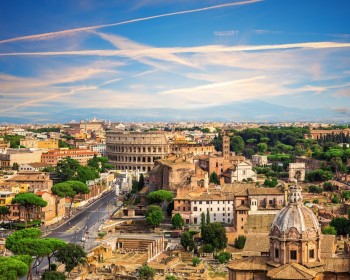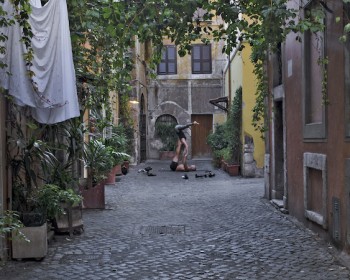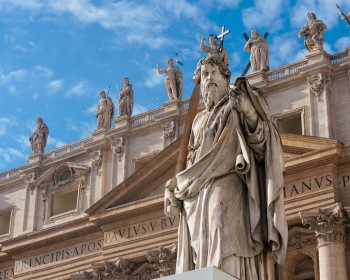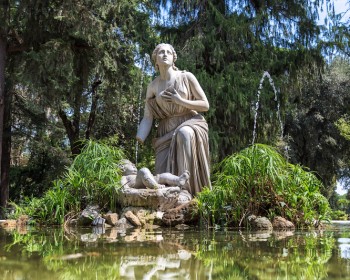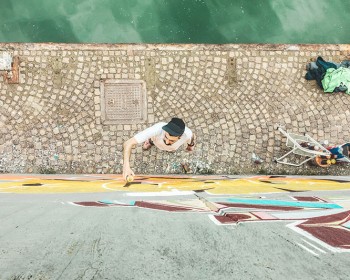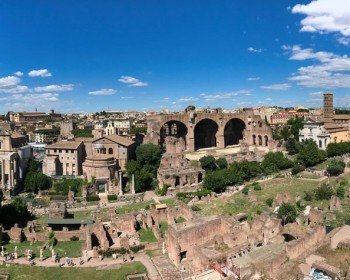Borghese Gallery in Rome is contained in a stunning white palace, which is located in one of Rome’s biggest parks, Villa Borghese. This building makes an ideal venue to host such world-famous paintings, mosaics, sculptures and bas-reliefs, created, among the others, by Titian, Caravaggio, Canova, Bernini.
Villa Borghese was designed to represent a cultural venue from the very start: it had to be a museum, to showcase ancient works of art to be compared to the newest ones; a diorama, to contemplate nature, with plants, rare animals and fossil samples; but it should also function as a place to study and to allow people to better understand modern technology, through the robots, mirrors, lens and clocks exhibited in its library.
--> Book a Borghese Gallery Private Tour
Borghese Gallery and its history
The Borghese Gallery, as well as the whole Villa Borghese, was created at the start of the 17th century, just outside the Aurelian Walls, on a land once boasting a huge vineyard. The building works were first commissioned to designer Flaminio Ponzo and then to another professional, Vasanzio. They took only one year, 1612, but to furnish the Gallery with statues and paintings and to build the gardens 8 more years were required.
Thanks to its wealth and power, Scipione’s family succeded in creating one of the biggest personal collections of all times. Unfortunately, many of items displayed in the Gallery were later given away by one of his relatives, Camillo Borghese, husband of Paolina Bonaparte, to none other than Paolina’s brother, Napoleon. Today, many of these works are hosted in the Louvres in Paris!
What to see in the Borghese Gallery
A beautiful statue reproducing Paolina Bonaparte Borghese is the symbol of the Borghese Gallery, as well being one of its most famous works, together with the “Apollo and Daphne” and the “Rape of Proserpina” by Bernini. The statue of Paolina Borghese is one of the masterpieces of neo-classicism, created by Canova between 1805 and 1808 and it depicts Camillo Borghese’s wife as a Venus Victrix (or Venus Victorious).
Beside its timeless statues, the Borghese Gallery hosts amazing paintings by Raphael, Tiziano, Antonello da Messina and Caravaggio. In his “David with the head of Goliath“, which Raphael created just before dying, we can see a fantastic chiaroscuro emphasizing Goliath’s head, which many think is a self-portrait of the Caravaggio himself. Other works worth seeing are Caravaggio’s “Boy with a basket of fruit“, “The Deposition” by Rubens, “Sacred and Prophane Love” by Titian and the “Danaë” by Correggio – bought by Camillo Borghese in Paris. These are just some among the best works which make a visit to the Borghese Gallery in Rome very recommended.
--> Discover also our Borghese Gallery for kids tour
A curiosity about the Borghese Gallery in Rome
In 1608 Scipione ordered the “Deposition” by Raphael to be removed from the Baglioni Chapel in the Church of St. Francis’ in Perugia. Despite being an illegal action, the picture was moved to Rome and the Pope decided to assign it to Cardinal Scipione of his own will.
Not long before his death, in 1633, Scipione Borghese had tried to make his collection inalienable, through a legal act called “fideicommissum“, in an attempt to force all his heirs to keep it as it was, but with no luck.
